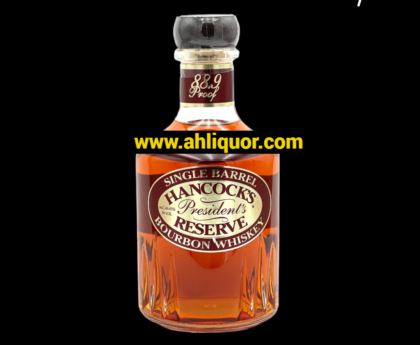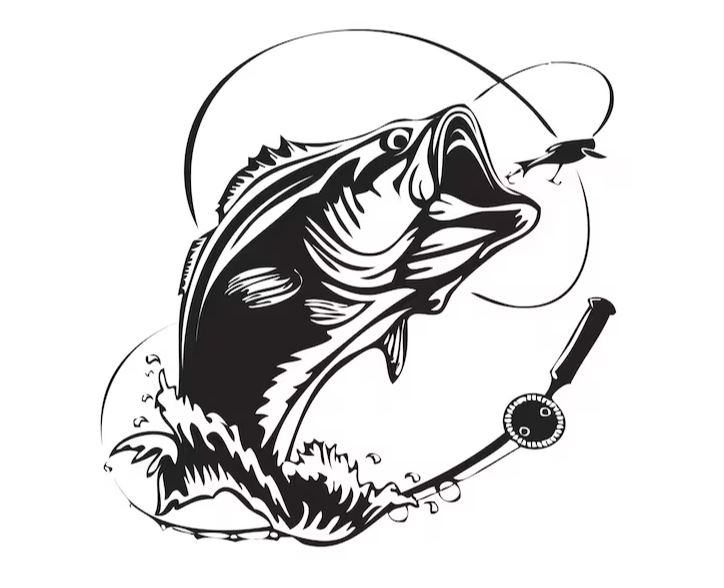Bombay Sapphire’s dry gin story begins with Thomas Dakin in 1761. At the age of 24 Dakin purchased a site with potential for distilling on Bridge street in Warrington, and in doing so established one of the first major distilleries outside of London. Warrington may seem an unusual choice nowadays, but in it’s hey day the city’s access to the port of Liverpool (and with it the wealth of new ideas, industry leading technology and ready market amongst the regular travellers en route from Manchester) made it the ideal location to start a distilling empire.
Dakin began his business not by creating Bombay Sapphire (that was only to come some 200 years later) but by creating Warrington Gin. Over the following years the Dakin family continued to develop their gin, adapting to new technologies and breakthroughs in distillation techniques. In 1831 the family purchased a new copper still – one of the first Carterhead stills around. It was this vital acquisition that set their gin apart from the rest of the crowd, as it didn’t boil the botanicals in the pot, but placed them at the top of the column for vapour infusion instead.
Around 30 years later, the Dakin family sold their distillery to established brewers Gilbert and John Greenall – along with the recipe for their 100% Vapour Infused single shot dry gin. While the original Warrington Gin ticked along (perhaps a little unimpressively for many years), the Greenall distilling empire grew to become what we know today – one of the UK’s largest producer of white spirits. It wasn’t until the 1950′s, though, that a man named Alain Subin -keen to capitalise on the still buoyant cocktail market and feed the “Mad Men” style era of Martini drinking – saw an opportunity to relaunch Warrington Gin for an American market. Satisfied with the recipe and the lighter notes of the gin due to it’s vapour infusion process, he turned his attention to the brand and created a new name and identity – Bombay Dry Gin.



